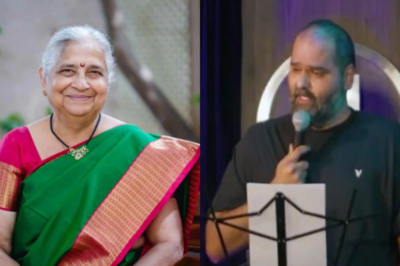
- The Union Budget 2025 has raised the tax-free income limit to ₹12 lakh under the new tax regime, benefiting salaried taxpayers.
- The new tax regime features lower rates but removes most deductions, while the old tax regime still offers tax-saving benefits.
- Choosing between the two depends on investment habits and eligibility for exemptions.
Which Tax Regime is More Beneficial for You?
The government has made major changes to the new tax regime, reducing the tax burden for middle-class individuals. Now, anyone earning up to ₹12.75 lakh (including ₹75,000 standard deduction) won’t pay any tax. Additionally, a new 25% tax slab has been introduced for incomes between ₹20 lakh and ₹24 lakh.
Here’s how the new tax slabs compare:
- Up to ₹4 lakh – No tax
- ₹4 lakh – ₹8 lakh – 5%
- ₹8 lakh – ₹12 lakh – 10%
- ₹12 lakh – ₹16 lakh – 15%
- ₹16 lakh – ₹20 lakh – 20%
- ₹20 lakh – ₹24 lakh – 25%
- Above ₹24 lakh – 30%
In contrast, the old tax regime allows individuals to claim deductions under Section 80C (₹1.5 lakh) for investments in PPF, ELSS, and LIC. The tax slabs remain higher, with 30% tax on incomes above ₹10 lakh, but many exemptions help reduce taxable income.
Should You Stick to the Old Tax Regime or Shift to the New One?
The choice depends on your financial habits:
Choose the new tax regime if you prefer a simpler tax structure with lower rates and don’t invest heavily in tax-saving instruments.
Stick with the old tax regime if you claim multiple deductions under Section 80C, home loan interest, or NPS contributions, which can significantly reduce your taxable income.
Final Takeaway
The government’s goal is to simplify tax filing, boost consumer spending, and provide relief to middle-income taxpayers. Financial advisors recommend assessing your annual investments and tax-saving potential before making a switch. Those who depend on exemptions should calculate their effective tax under both regimes to make an informed decision.




































Leave a Reply